In vitro efficacy tests allow to demonstrate, from scientific point of view, the properties of products, with the aim of supporting the claim.
Antioxidant activity
 In order to evaluate the antioxidant activity of a raw material, cosmetic or medical device on cell cultures, the diclorofluorescein diacetate (DCF-DA) test is performed. This analysis allows to define the effect of the tested product to decrease the total Reactive Oxygen Species (ROS) levels as an antioxidant mechanism.The ability of the product to inhibit the formation of free radicals in cells exposed to progressive oxidative stress is analysed using a fluorescent probe able to bind the free radicals.
In order to evaluate the antioxidant activity of a raw material, cosmetic or medical device on cell cultures, the diclorofluorescein diacetate (DCF-DA) test is performed. This analysis allows to define the effect of the tested product to decrease the total Reactive Oxygen Species (ROS) levels as an antioxidant mechanism.The ability of the product to inhibit the formation of free radicals in cells exposed to progressive oxidative stress is analysed using a fluorescent probe able to bind the free radicals.
Market: Cosmetics, Food supplements, Raw materials.
Supported claim: Antioxidant, Antiaging.
Soothing effect
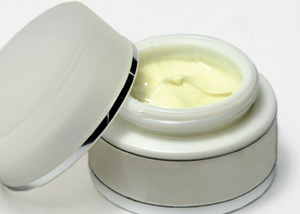 This test evaluates the soothing efficacy of a product (raw material, medical device or cosmetic) on cell cultures. In particular, the possible toxicity of the tested product is evaluated by MTT colorimetric test, which allows to estimate the cell viability in order to identify the non-cytotoxic oncentrations.The variation in the production of specific cytokines by the cell line is also studied by ELISA (Enzyme Linked Immunosorbent Assay) method. The most studied cytokines are interleukin-6 (IL-6), interleukin -8 (IL-8) and interleukin-1α (IL-1α).
This test evaluates the soothing efficacy of a product (raw material, medical device or cosmetic) on cell cultures. In particular, the possible toxicity of the tested product is evaluated by MTT colorimetric test, which allows to estimate the cell viability in order to identify the non-cytotoxic oncentrations.The variation in the production of specific cytokines by the cell line is also studied by ELISA (Enzyme Linked Immunosorbent Assay) method. The most studied cytokines are interleukin-6 (IL-6), interleukin -8 (IL-8) and interleukin-1α (IL-1α).
Market: Cosmetics, Medical devices, Raw materials.
Supported claim: Soothing effect, Antinflammatory.
Anti-pollution effect
 In order to evaluate the anti-pollution efficacy of a product (cosmetic, medical device or raw material) on cell cultures, the analysis of the inhibition of the reactive oxygen species (ROS) is performed in the presence of a polluting stimulus.
In order to evaluate the anti-pollution efficacy of a product (cosmetic, medical device or raw material) on cell cultures, the analysis of the inhibition of the reactive oxygen species (ROS) is performed in the presence of a polluting stimulus.
In fact, this test analyses the ability of a product or raw material to protect the body from endogenous damage mechanisms linked to atmospheric pollution in cells exposed to a stress agent. Specifically, for this type of analysis, a component of the PM10 fraction of the particulate material was identified as a stimulus.
Market: Cosmetics, Medical devices, Raw materials.
Supported claim: Anti-pollution.
Detox efficacy
 The evaluation of the detoxifying efficacy is performed by examining different parameters related to the elimination of ROS, and in particular:
The evaluation of the detoxifying efficacy is performed by examining different parameters related to the elimination of ROS, and in particular:
– analysis of the production of hydrogen peroxide (H2O2), a reactive species produced by the cellular oxygen reduction reaction;
– analysis of the activity of the enzyme superoxide dismutase (SOD), an enzyme fundamental for the dismutation of the peroxide anion in hydrogen peroxide which will subsequently be transformed by other enzymes into water and oxygen, as a detoxification mechanism;
– analysis of the ability to inhibit the formation of free radicals in cells exposed to progressive oxidative stress by fluorescence analysis.
Market: Cosmetics, Medical devices, Raw materials.
Supported claim: Antiaging, Detox efficacy.
Whitening effect on teeth
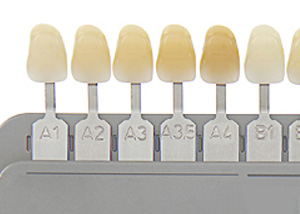
The analysis is performed on resin teeth used for dental prostheses. The teeth are pretreated with staining agent and then subjected to a treatment that mimics the in-use mode of the tested product. The colour changes that may be highlighted with respect to an untreated control will be evaluated visually to obtain qualitative parameters regarding the activity of the product to be tested.
Markets: Cosmetics, Medical devices, Raw materials.
Supported claim: Whitening effect.
DNA protection from photo-induced damage
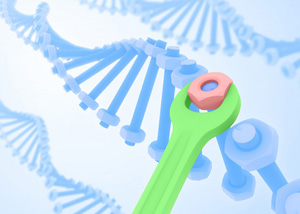 This test is based on cellular and molecular biology techniques to analyse DNA damage markers and the protection of cell viability towards UV-rays induced damage. The analysed proteins are specific markers expressed as a result of a damage stimulus and constitute an index of how damaged the DNA is and how much the repair process is taking place.
This test is based on cellular and molecular biology techniques to analyse DNA damage markers and the protection of cell viability towards UV-rays induced damage. The analysed proteins are specific markers expressed as a result of a damage stimulus and constitute an index of how damaged the DNA is and how much the repair process is taking place.
To further support the efficacy of the test substance, cell viability is analysed in the presence of the damage stimulus.
Market: Cosmetics, Medical devices, Raw materials.
Supported claim: Skin protection from UV-rays.
Assessment of the protective effectiveness against photoaging
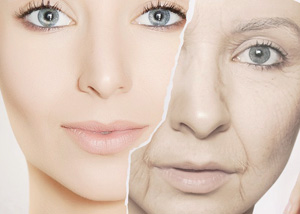
Collagen degradation is a distinctive sign of skin aging due to sunlight or photoaging. In particular, collagen type I is the main structural protein in the skin extracellular matrix (ECM). UV irradiation causes alterations in the skin collagen through the inhibition of the biosynthesis of type I procollagen, with consequent loss of collagen content and increasing the secretion of metalloproteinases (MMPs), specifically of type I (MMP-1). With this aim, immunoenzymatic tests are performed to study the levels of type I pro-collagen and metalloproteinases-1 in the presence of radiation to evaluate a possible protective effect, in terms of photo-aging, of the product to be tested.
Market: Cosmetics, Medical devices, Raw material.
Supported claim: Antiaging, Protective effect against damage caused by skin aging.
Wound-healing efficacy
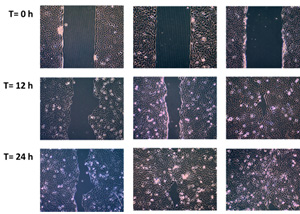 This assay, derived from the biomedical research for the study of wound repair kinetics, evaluates the regeneration of skin cells after treatment with the tested product. The parameter analysed consists in the evaluation of cell motility after the creation of a gap in the cell monolayer, followed by the acquisition of picture at different time-point.
This assay, derived from the biomedical research for the study of wound repair kinetics, evaluates the regeneration of skin cells after treatment with the tested product. The parameter analysed consists in the evaluation of cell motility after the creation of a gap in the cell monolayer, followed by the acquisition of picture at different time-point.
Market: Cosmetics, Medical devices, Raw materials.
Supported claim: Regenerating efficacy, Wound-healing stimulation.
Collagen synthesis stimulation
 Collagen is responsible for the body’s mechanical protection of the skin, maintaining the elasticity and tone of the tissues and the minimalization of wrinkles.
Collagen is responsible for the body’s mechanical protection of the skin, maintaining the elasticity and tone of the tissues and the minimalization of wrinkles.
This assay measures the levels of collagen production from type I to type IV on in vitro cultures following treatment with the raw materials or finished products.
Market: Cosmetics, Medical devices, Raw materials.
Supported claim: Collagen stimulating effect, Regeneration efficacy, Antiaging.
Elastin synthesis stimulation
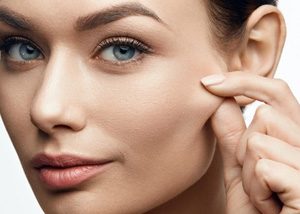
The fundamental role of elastin is to provide elastic properties to the skin, making it resistant and deformable. This is due to its fibrous structure, which constitutes the connective tissue of organs and tissues. This test allows to evaluate the ability of substance to stimulate the elastin synthesis in cell culture, improving the creation of skin wrinkles.
Market: Cosmetics, Medical devices, Raw materials.
Supported claim: Elastin stimulating effect, Regeneration efficacy, Antiaging.
Hydration efficacy
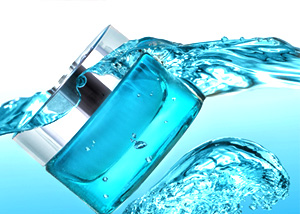
The analysis consists in evaluating the possible stimulation of the expression of the cellular water channels by the raw material or finished product by a method that allows to examine this aspect on intact cells. The integrity of the cell structure is therefore not affected and the result obtained allows an effective value of cellular hydration on a model comparable to the physiological environment in which the cells are located in the organism.
Markets: Cosmetics, Medical devices, Raw materials.
Supported claim: Hydration efficacy, Maintenance the correct water exchange between skin cells.
Mucoadhesion
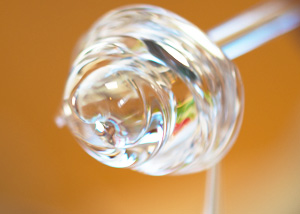 The contact of the mucosal membranes with harmful or irritating substances can lead to their penetration causing serious degenerative effects. For this reason, the creation of further mucosal barriers, by administering substances with mucoadhesive properties, can help protect the mucous membranes from the risk of aggression. In order to evaluate the mucoadhesion of products for the treatment of mucous membranes, an assessment is made of the percentage of inhibition of binding of specific proteins through molecular biology methodologies.
The contact of the mucosal membranes with harmful or irritating substances can lead to their penetration causing serious degenerative effects. For this reason, the creation of further mucosal barriers, by administering substances with mucoadhesive properties, can help protect the mucous membranes from the risk of aggression. In order to evaluate the mucoadhesion of products for the treatment of mucous membranes, an assessment is made of the percentage of inhibition of binding of specific proteins through molecular biology methodologies.
Market: Cosmetics, Medical devices, Raw materials.
Supported claim: Mucoadhesion efficacy, Maintenance the correct water exchange between skin cells.
Barrier effect
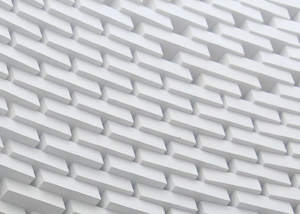 The test evaluates the barrier effect exerted by the product on a certified three-dimensional in vitro reconstructed epidermis support (RHE) able to mimic the human epidermis, in the presence of a known irritant agent.
The test evaluates the barrier effect exerted by the product on a certified three-dimensional in vitro reconstructed epidermis support (RHE) able to mimic the human epidermis, in the presence of a known irritant agent.
Market: Cosmetics, Medical devices, Raw materials.
Supported claim: Barrier effect, Protection of tissue from damaging agents.
Adipogenesis analysis
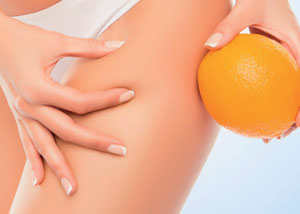
The assay analyses the inhibition of adipogenesis, that is the synthesis of new deposits of fatty acids. The effect exerted by a substance in cultures of adipocytes differentiated is studied by staining and subsequently quantifying the accumulated lipids inside the cells.
Markets: Cosmetics, Medical devices, Raw materials.
Supported claim: Inhibition of adipogenesis.
Lipolytic effect
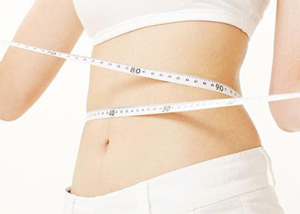 Lipolysis is the process by which triglycerides are hydrolyzed into glycerol and fatty acids which are released into the bloodstream. They can reach other tissues and produce other effects, such as the formation of cellulite. The analytical method involves the dosage of glycerol released from cell cultures of differentiated adipocytes after treatment with the product to be tested, evaluating its possible ability to modulate the lipolytic reaction.
Lipolysis is the process by which triglycerides are hydrolyzed into glycerol and fatty acids which are released into the bloodstream. They can reach other tissues and produce other effects, such as the formation of cellulite. The analytical method involves the dosage of glycerol released from cell cultures of differentiated adipocytes after treatment with the product to be tested, evaluating its possible ability to modulate the lipolytic reaction.
Markets: Cosmetics, Medical devices, Raw materials.
Supported claim: Lipolytic effect.
